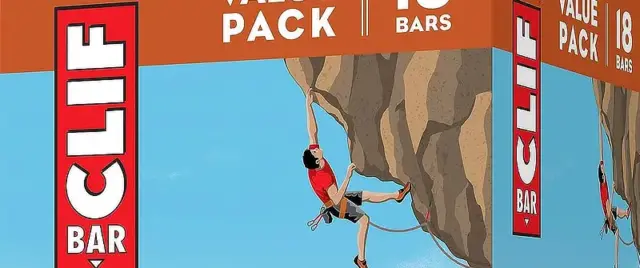Replace The Stored Food In Your Car During End Of Summer

For those storing food in your car – maybe as part of an emergency survival kit for your vehicle (sometimes called a 72-hour kit) – When summer ends, it’s a good time to rotate/replace the food.
Why? Well firstly, you might have forgotten that you have some emergency foods tucked away in there. But with reference to summer, or the end of summer, the hot temperatures in your car during those months will greatly reduce food shelf life.
I ALWAYS keep emergency food in my truck. Storing some extra food is part of my overall 72 hour emergency survival kit.
Your car, truck, vehicle, is a logical place to keep extra food, especially since most people spend so much time there (commuting, traveling, and simply parked while at work).
Someone here on the blog had said, “The encounters I have had, involved getting stuck on Turnpikes and Interstates for hours on end, due to accidents further ahead on the road. This taught me to always have some food & drink with me every time I go anywhere now. You never know what’s down the road!”
I too have had my share of insane traffic incidents over the years of various travel. Those food bars sure came in handy! (And the water bottles, stored in a small cooler to help moderate the temperature fluctuations)

The Affect of HEAT vs Food Shelf Life
There’s a problem with keeping emergency food in a vehicle for a long time. The problem is, during the summer months, it gets really hot in there!
The shelf life of stored food will be reduced when it’s in a HOT environment (e.g. in a vehicle during the summer).
In fact, for every 10 degrees C (18 degrees F) of temperature rise, the shelf life of food will generally be cut in half!
More on this (Q10 shelf life): Temperature vs. Food Storage
Most food with a stamped date on the packaging is referring to a ‘Use-by’ or ‘Best-by’ date. First of all, those dates are NOT the date at which a food will ‘go bad’ (refer to the linked article for an explanation). But with that said, and for the sake of food rotation, lets suppose that this date is your objective for max shelf life before replacement…
Let’s say that you have a bunch of food bars in your hot vehicle, and the stamped ‘use-by’ date is one year beyond the date of manufacture (which is typical).
Note that most all shelf life references are referenced to ‘room temperature’, let’s say 72 degrees F.
Well, the shelf life of those food bars (as an example) would be cut in half if the average temperature in your vehicle (over time) was 90-degrees-F. Keep reading for the explanation.
How HOT Can A Vehicle Get?
According to the National Highway Traffic Safety Administration, when outside temperatures are between 80° F – 100° F (27° C – 38° C), vehicles parked in direct sunlight can reach internal temperatures up to 131° F – 172° F (55° C – 78° C) !
If the temperature in the vehicle was 150 degrees for the entire time period (which it’s not), the food shelf life which was originally one year would be reduced to about 20 days!
The reality is that the average temperature inside the vehicle will not be 150 degrees. Cooler temperatures during night. The time it takes for the internal temperature to rise and fall. Being parked in the shade. Your actual local climate and weather, etc.. It will all affect the shelf life reduction.
90 degree average vehicle temperature during the summer (for example)
Let’s say the average temperature inside your (hot) vehicle throughout the summer is 90 degrees. That will cut your shelf life in half. So, simply rotate out those foods (don’t throw them out – just consume them!).
72° (1 year shelf life)
90° (72°+18°) (182 days shelf life)
108° (90°+18°) (91 days shelf life)
126° (108°+18°) (46 days shelf life)
144° (126°+18°) (23 days shelf life)
The bottom line is, be aware of this, and replace the stored foods in your car – before they go bad.
[ Read:
10 Essential Items In A Survival Kit
The Clif Bar Might Be The Best 72-hr Kit Food?
How To Choose The Best Foods For A 72-Hour Survival Kit
A Place To Store Food For 72-Hour Emergency Kit In Your Vehicle
